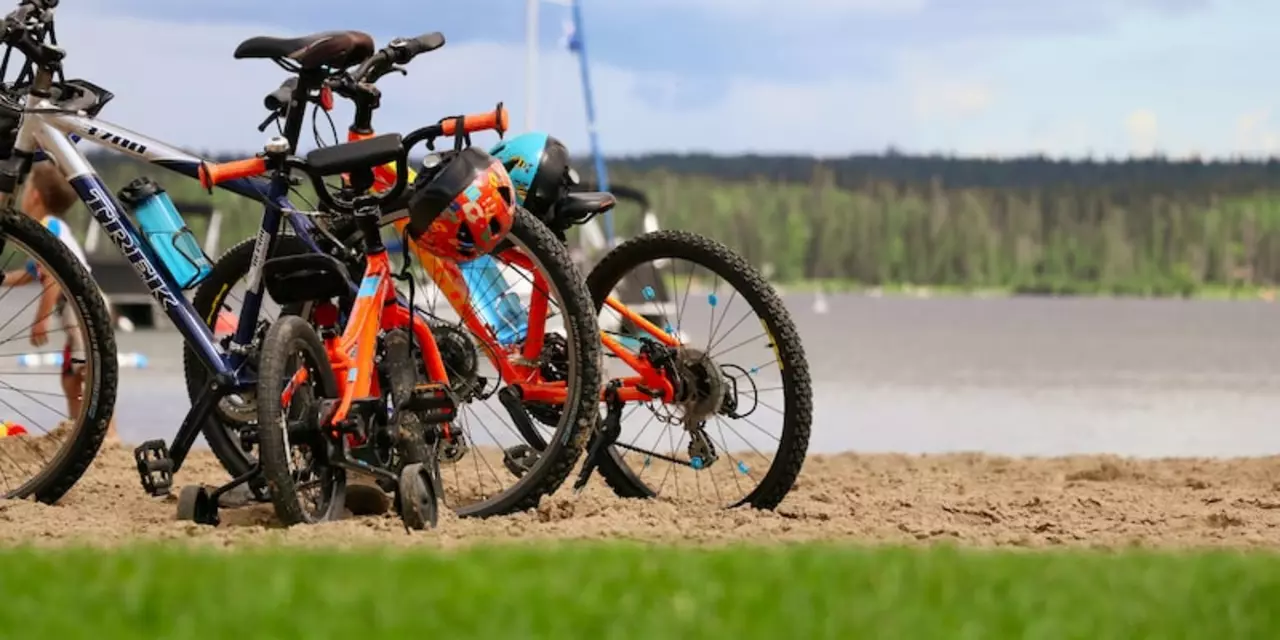Rowel Basics: What Every Rider Should Know
Ever wondered why some spurs have that little wheel on the end? That’s the rowel, and it’s the part that gives the rider a gentle cue without pulling hard on the horse’s side. Understanding how it works can make your rides smoother and keep your horse comfortable.
Choosing the Right Rowel for Your Riding Style
Rowels come in a few shapes: round, teardrop, and flat. Round rowels are the most common and work well for casual riding or trail work. If you do a lot of jumping, a teardrop shape can give you a clearer signal without digging in too deep. Flat rowels are popular with western riders who want a subtle cue for low‑gallop work. Choose a size that matches the thickness of your spur shank – a big rowel on a skinny shank can feel awkward.
How to Use a Rowel Without Hurting Your Horse
The rowel isn’t meant to jab the horse’s flank. Think of it as a gentle tap, like a tap on a shoulder. When you need a cue, lift your leg just enough for the rowel to brush the side. If you feel resistance or hear a whinny, you’re probably pressing too hard. Start with light touches in a safe area and watch the horse’s reaction. A relaxed horse will keep moving forward; a tense one is a sign to back off.
Another tip: always keep the rowel clean. Mud or grit can scratch the horse’s skin, turning a simple cue into a painful poke. After each ride, wipe the rowel with a damp cloth and dry it thoroughly.
Spur fit matters too. A loose spur will bounce around, making the rowel hit at random angles. Make sure the strap sits snugly on your boot and the shank doesn’t wobble. If you’re unsure, ask a trainer to check the fit before you head out.
Maintenance is easy but often ignored. A quick once‑a‑month check for rust, chips, or loose screws can save you a lot of trouble. If you spot rust, soak the rowel in a bit of vinegar, scrub with a soft brush, then dry and oil it with light machine oil. This keeps the metal smooth and less likely to snag on the horse’s hair.
When it’s time to replace a rowel, don’t just grab the cheapest one you see. Look for hardened steel that’s been heat‑treated – it stays sharp longer and resists wear. High‑quality rowels also tend to have a better balance, so your leg doesn’t get fatigued after a long ride.
Safety first: never ride with a rowel that’s too sharp or a spur that’s broken. A cracked rowel can break off mid‑ride and injure both you and the horse. If you hear a snapping sound, stop and inspect immediately.
Finally, remember that a rowel is just one tool in a rider’s toolbox. Good posture, balanced seat, and clear verbal cues often do the trick without any metal touching the horse. Use the rowel sparingly, and you’ll find that both you and your horse enjoy a more relaxed, responsive partnership.

Horseback riding is a popular activity the world over, and having the right spurs is an important part of the experience. Depending on the type of riding, different types of spurs can be used, including blunt, shank, or rowel spurs. Blunt spurs are best for beginner riders, while shank and rowel spurs are better for more experienced riders. When selecting spurs, it is important to make sure they fit the rider's boots and are comfortable for the horse.
Read more
